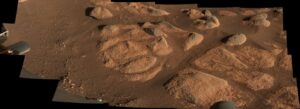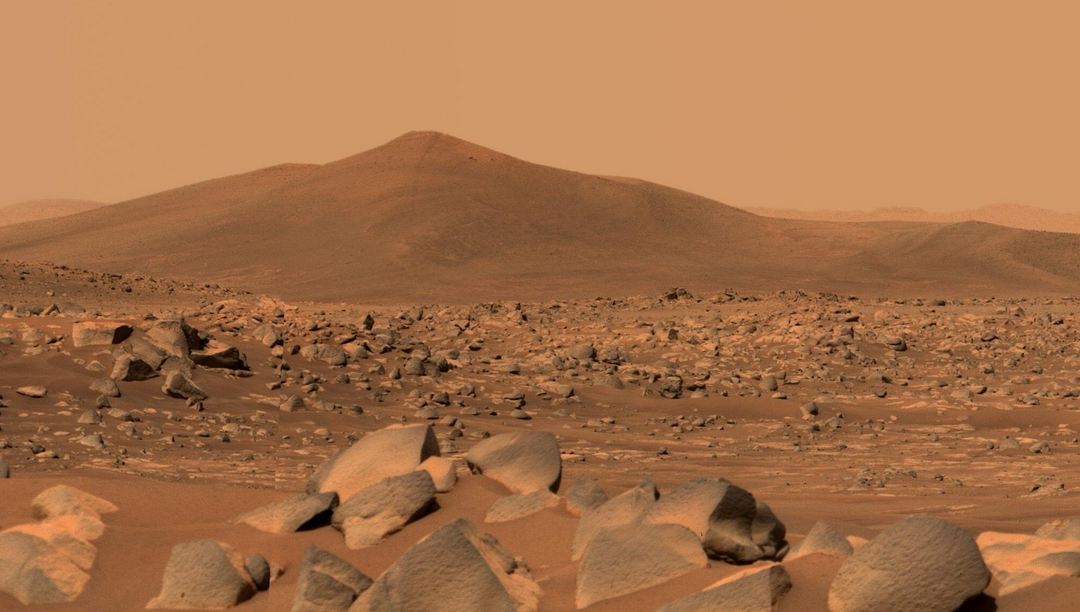NASA’s Perseverance is now examining the floor of an ancient Martian crater where once there was a lake. The new operational tasks unfold as Ingenuity, the mighty little helicopter ends its bold mission.
The rover has been quite busy in the last few weeks, running as a communication base station for Ingenuity. But now, a new chapter for Perseverance begins.
Here is what you need to know.
Jezero Crater Mission Details
Perseverance focused its science tools on rocks that lay on the floor of Jezero Crater, examing the scenery up close. What it will succeed in finding there, it will help scientists develop a timeline of when the ancient lake dried and sediment gathered.Â
Knowing more about Jezero Crater’s history will also help us date rock samples that might conserve an intriguing record of ancient microorganisms.Â
WATSON, SuperCam and Mastcam-Z undercover
Perseverance’s camera, WATSON, has succeeded in capturing one of the best photos of the Martian rocks. But it isn’t the only one on a mission.
The rover also carries a great pair of zoomable camera dubbed Mastcam-Z, perfect for surveilling the terrain, and a laser tool dubbed SuperCam.
The SuperCam is probably the coolest instrument on Perseverance, as its mission is to zap some of the rocks and detect their chemistry.
Together, these powerful tools allow us to discover more about Mars’ crater and reach more intriguing areas.
Below, you can see an incredible close-up of the Martian ground captured by Mastcam-Z:

Hunting For Martian Rocks
Scanning the Martian ground and examing rocks is essential to determine whether these rocks are igneous (formed by volcanic activity) or sedimentary (sandstone). Similar to Earth, every rock can tell a different story.Â
For example, the igneous are like geological “clocks” that can help scientists develop a precise timeline of how a region formed. On the other hand, sedimentary rocks can better tell us more about preserving biosignatures or signs of ancient life.Â
The more data we receive from Perseverance, the better samples we can collect with the rover’s drill. However, only the best ones will end up on a special tube with the destination Earth.












Leave a Reply